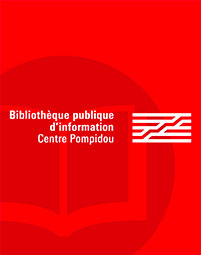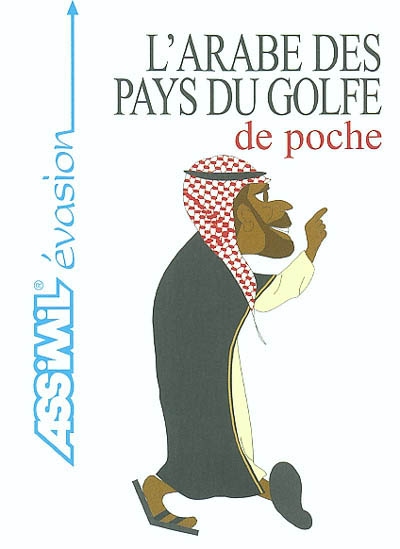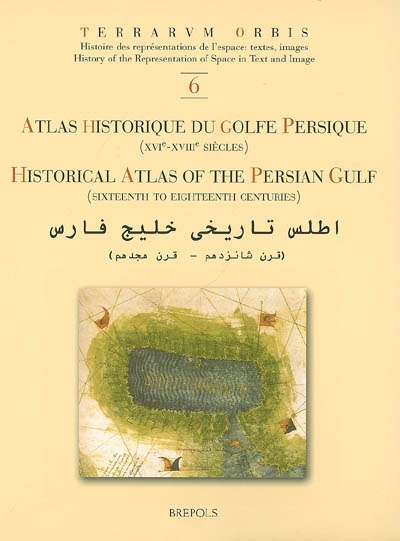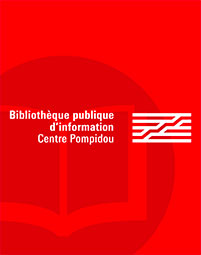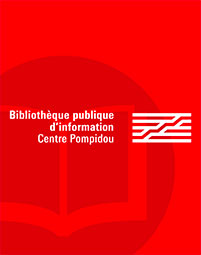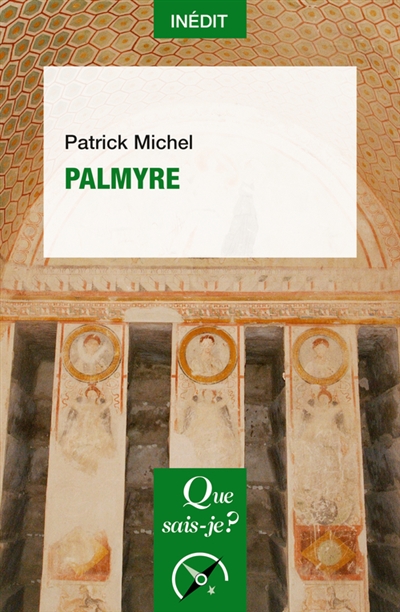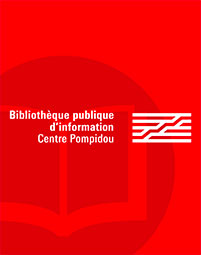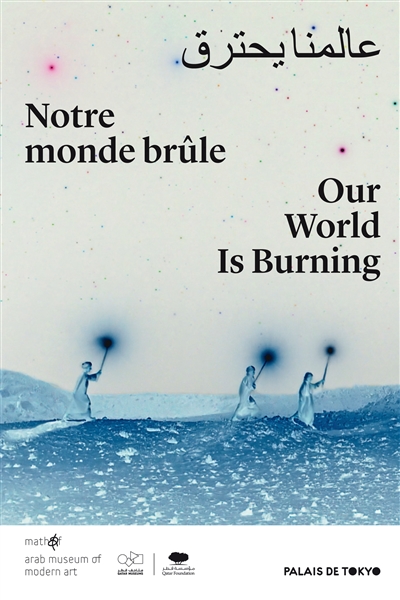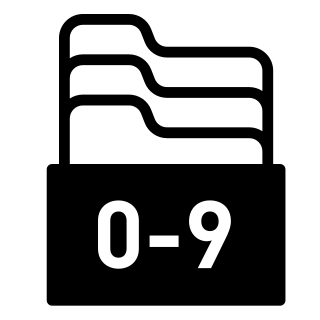Hurst
2016 -
-
Disponible - 959 GAT
Niveau 2 - Histoire
Résumé : The Persian Gulf region has become home to some of the world’s fastest growing, most impressive cities, many of them with global aspirations. Gateways to the World presents an in-depth, systematic, and multi-disciplinary approach to the study of these cities. It begins with a broader look at how the emergence and significance of cities along the Persian Gulf waterway should be contextualized. It then moves to historical examinations of the emergence of national borders and boundaries, how they became ‘port cities’ of various kinds, what are the semantics of studying them, and what the glittering skylines and cityscapes and their remaining traditional neighborhoods mean for the international political economy and for the identity of their residents. Alongside such aspiring global cities as Doha, Abu Dhabi and Dubai there are port cities that appear to have their best days behind them, and others that have largely retained their traditional fabrics. This book presents a comprehensive study of the nature and variety, the importance, and the domestic and international consequences of port cities along the Persian Gulf

 Les bibliothèques de la ville de Paris
Les bibliothèques de la ville de Paris
 Les bibliothèques universitaires
Les bibliothèques universitaires
 La BnF
La BnF
 L'encyclopédie Wikipédia
L'encyclopédie Wikipédia
 L'Encyclopædia Universalis
L'Encyclopædia Universalis
 La bibliothèque du film
La bibliothèque du film
 La médiathèque de la Philharmonie de Paris
La médiathèque de la Philharmonie de Paris

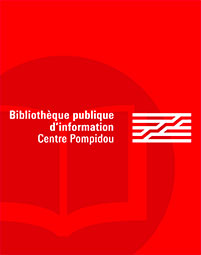

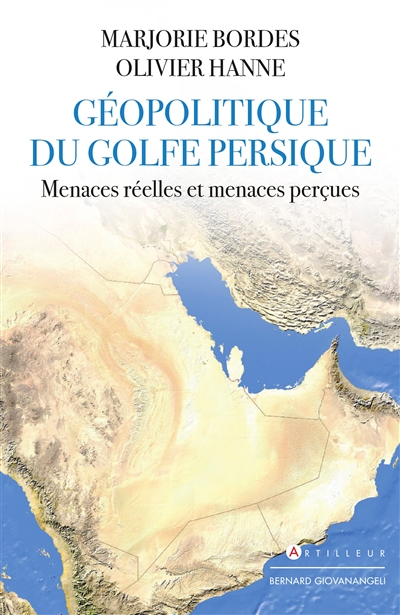
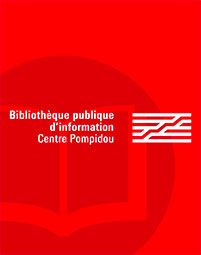
![Al-Lughat al-sahra'' : Sprachen der Wüste : Zeitgenössische arabische Kunst aus den Golfstaaten = Languages of the desert : contemporary Arab art from the Gulf States : [Ausstelung Kunstmuseum Bonn, 15. September bis 20. November 2005 ;Institut du Monde Arabe, Paris, 24. April bis 9.Juli 2006] edited by Karin Adrian von Roques und Dieter Ronte](/imported_images/livre/couverture/978-3-8321-7668-6.jpg)
